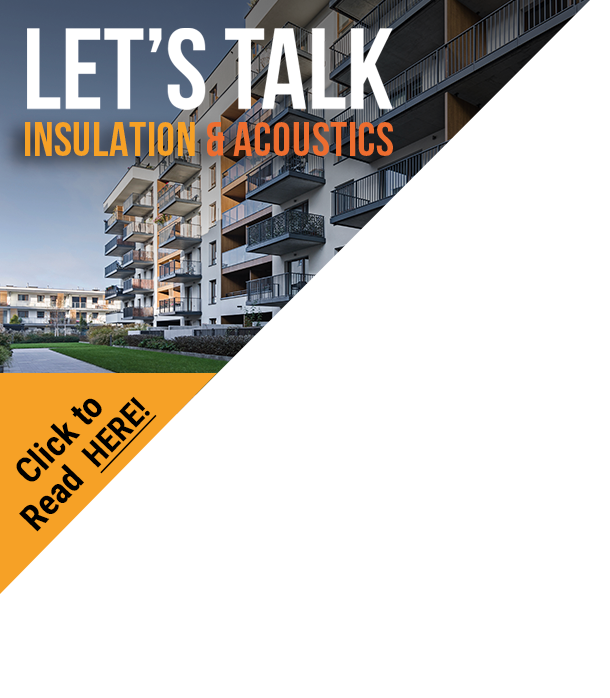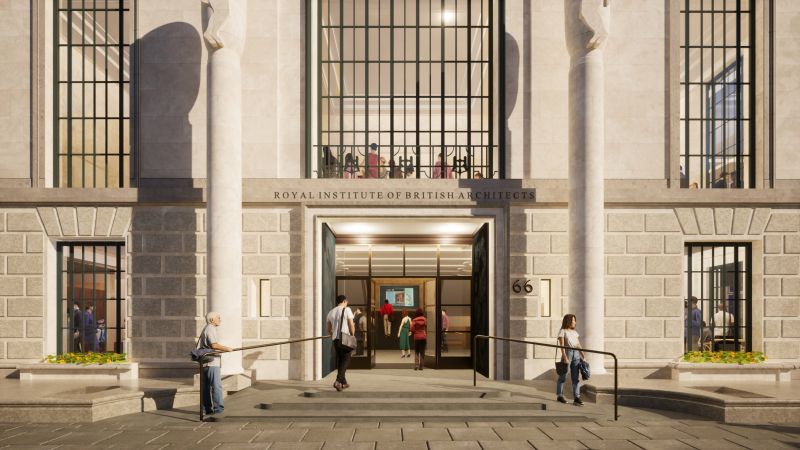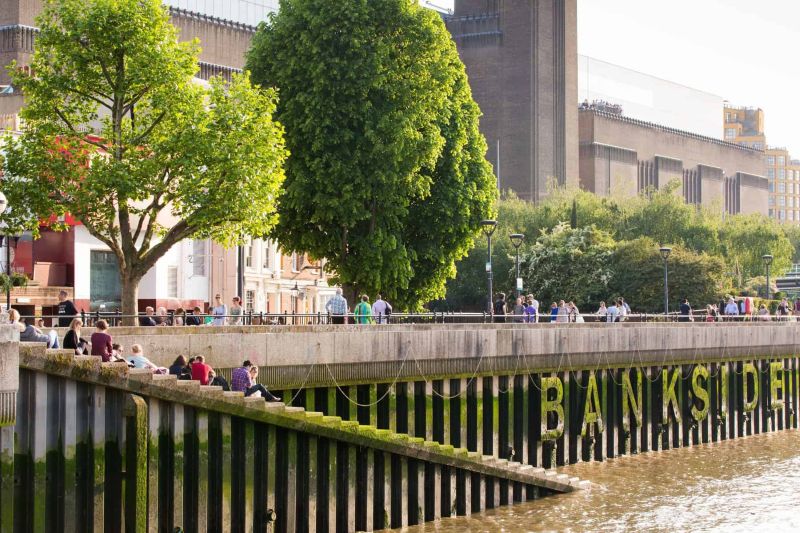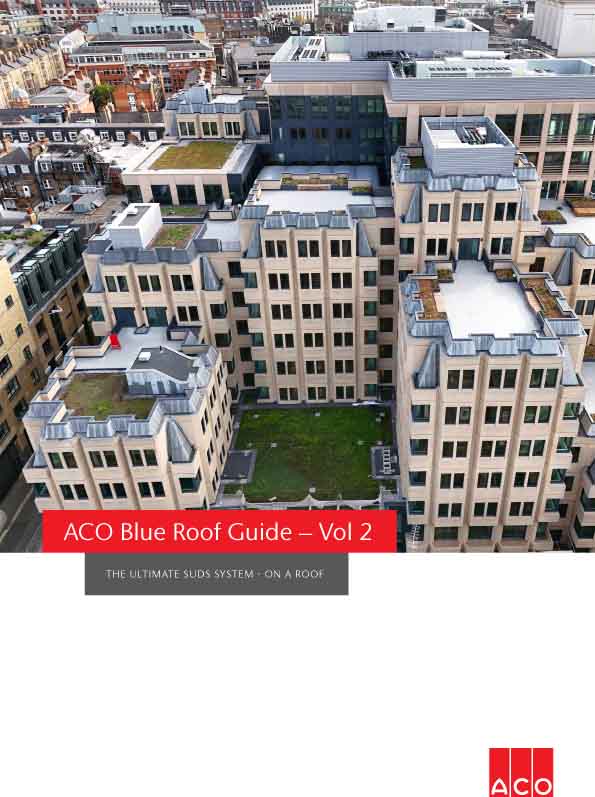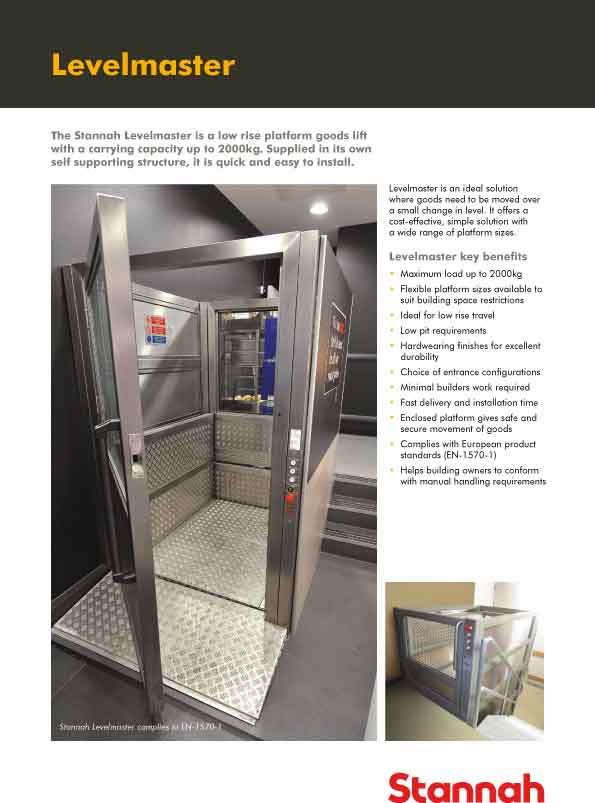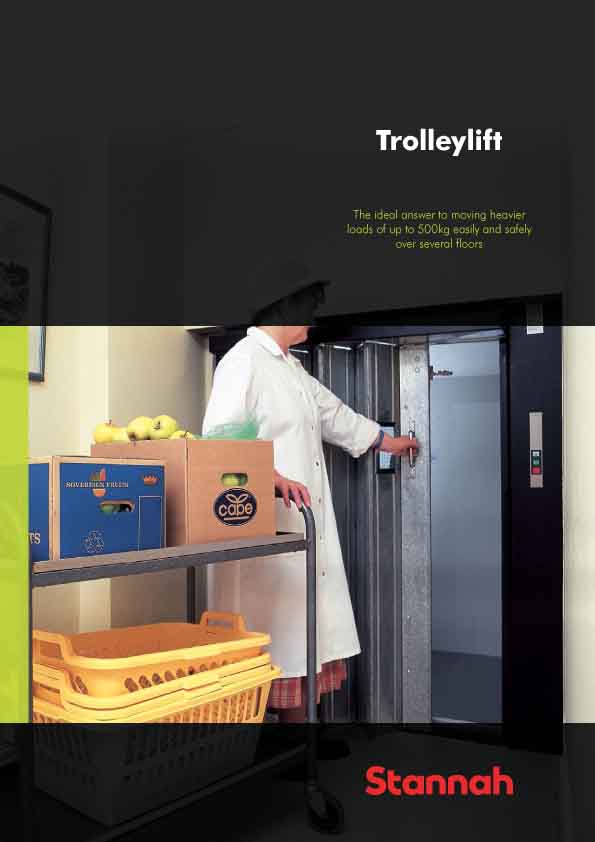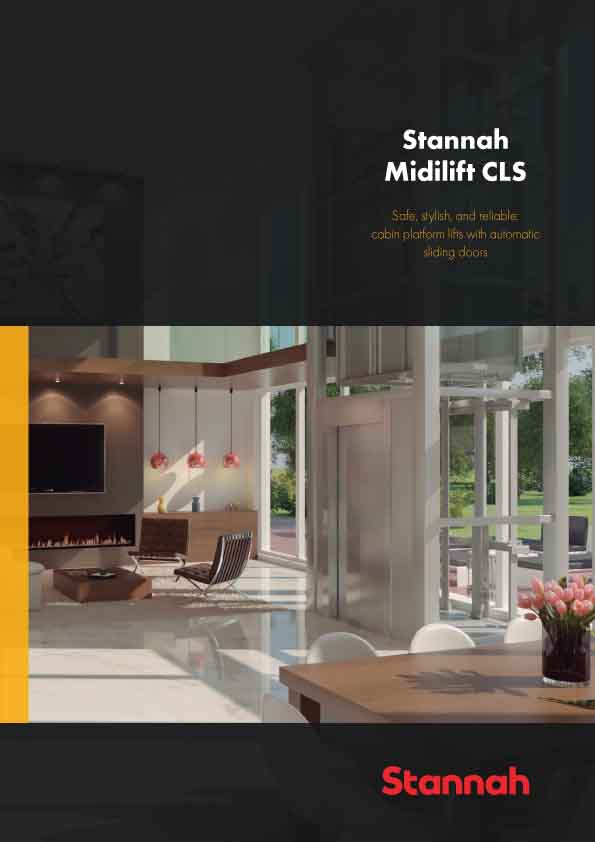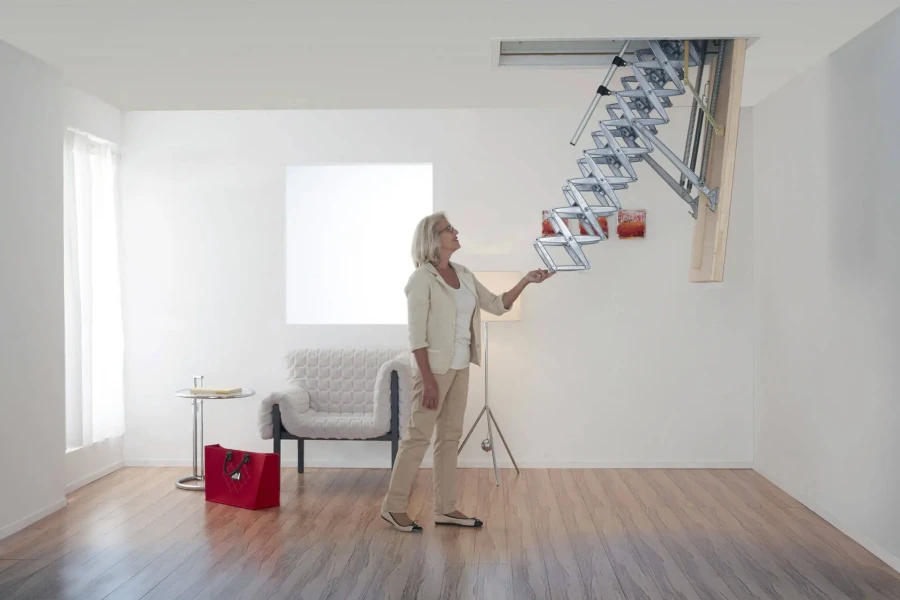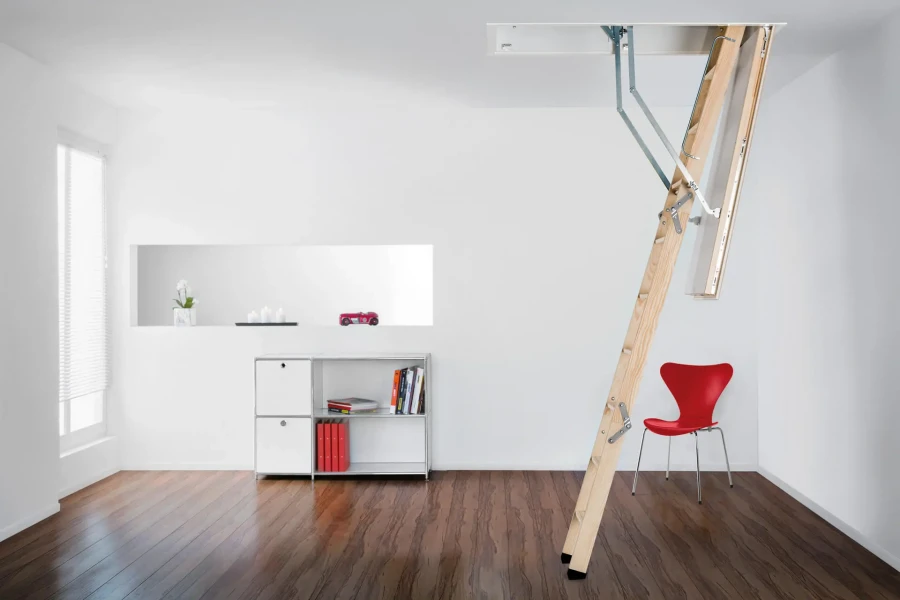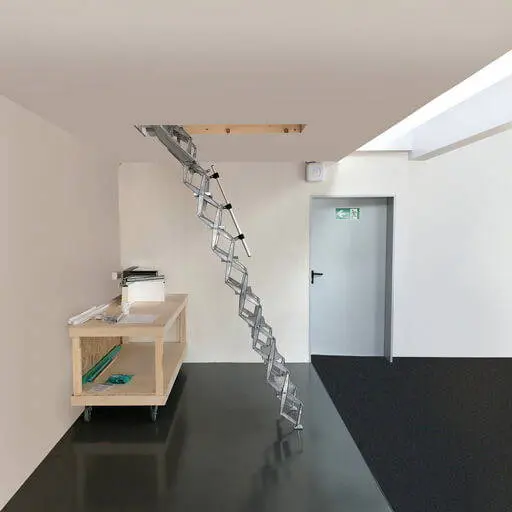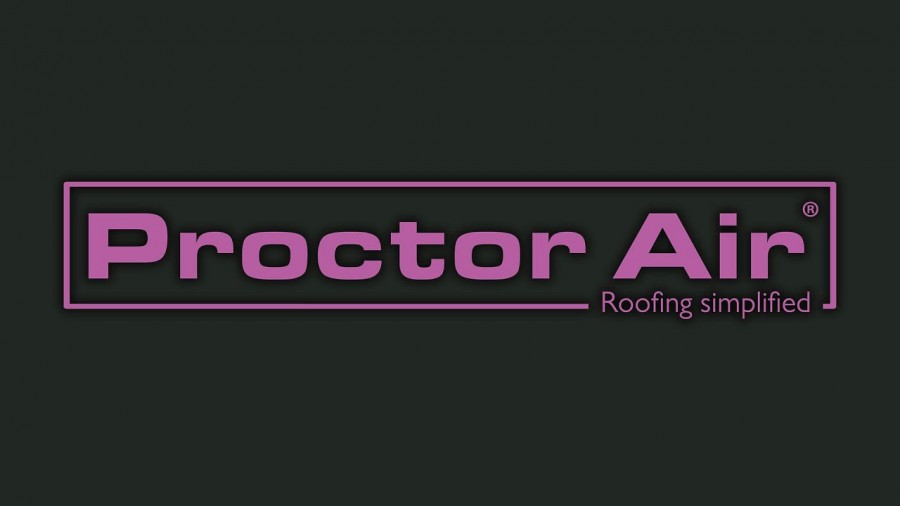With fire safety a top
priority for building designers around the world, The Chartered Institution of
Building Services Engineers (CIBSE) has published a revised and updated version
of its widely respected Guide E: Fire Safety
Engineering.
The revised Guide
takes account of recent changes in regulation 7 of the Building Regulations in
England, which prohibit the use of combustible materials in the external walls
of buildings over 18m in height containing residential accommodation.
The latest edition
also incorporates additional content on international best practice, including
North America, Australasia, and the Gulf region.
Publication of the
document follows the second anniversary of the tragic fire at Grenfell Tower in
West London in which 72 people lost their lives and 70 were injured. The new
Guide was close to publication prior to the fire, and the steering committee subsequently
made further updates and enhancements to reflect regulatory changes since the
fire. The Guide includes additional guidance on building facades and
external wall construction.
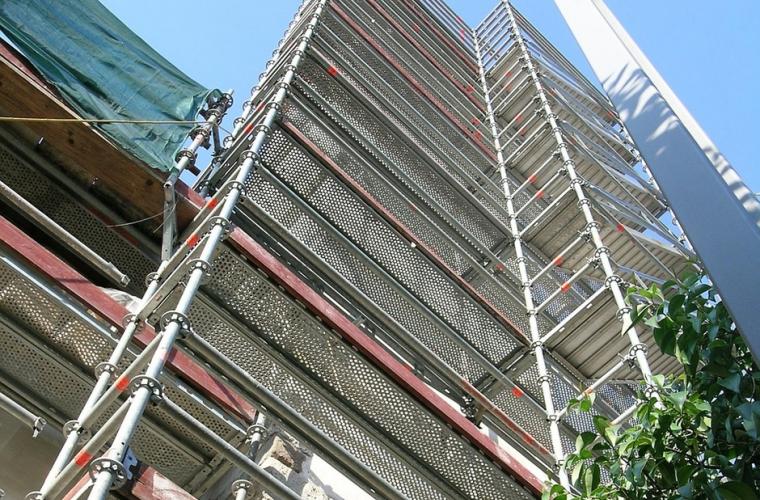
Further changes to the
UK’s fire codes of practice, guidance documents and means of enforcement are
expected. Until these changes are introduced designers must continue to create
safe buildings that meet occupants needs. The revised Guide will enable designs
to be developed to reflect current best practice and latest standards. Further
changes to the rules will be incorporated into later revisions to the document,
with significant updates being posted online as soon as they are available.
There are generally
two ways of demonstrating compliance with Building Codes and regulations. One
is to follow the prescriptive guidance given in the codes and accompanying
guidance and the other is to use a fire engineering approach. Guide E is
focused on fire engineering and is intended to be the go to document that
provides building services engineers and fire life safety consultants with
guidance on a broad range of fire engineering issues. It will be
particularly useful for those involved in innovative or unusual building
designs where the prescriptive approach may not be suitable.
CIBSE Guide E covers
both fire protection engineering and fire safety engineering. Fire protection
engineering is where the designer is responsible for the design of automatic
fire suppression systems and fire detection systems; fire safety engineering is
where the engineer is responsible for the design of fire strategies including
the location and number of stairs and smoke control regimes.
The guide was first
published in 1997; the fourth edition addresses the full range of fire safety
issues, from evacuating the building and giving access to firefighters, to
controlling the spread of smoke and fire.
For further
information, or to purchase a copy of the guide go to www.cibse.org/knowledge
